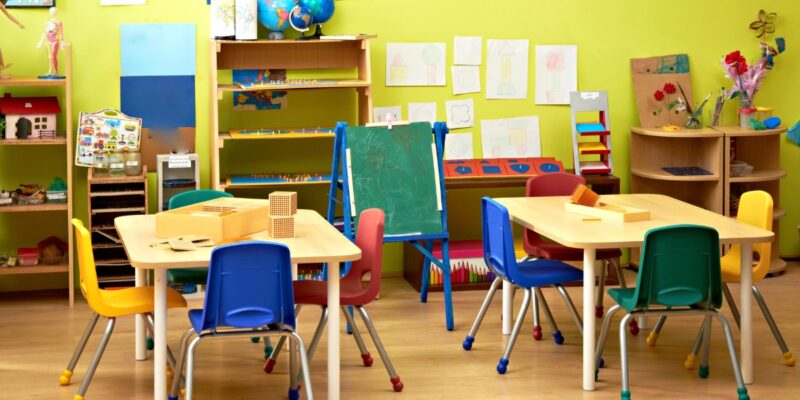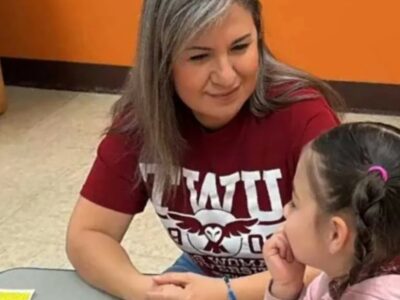
As part of the Houston Independent School District’s presentation to the public and Community Advisory Committee during the June 10 community engagement event at Forest Brook Middle School, officials made a compelling case for the need to expand Pre-K access in the district.
Kristen Hole, chief academic officer for HISD, spoke about the importance of providing more Pre-K classroom space in the district to ensure literacy and positive educational outcomes for all students as they go through their public school years.
“The early years really matter for student learning. So one of the things we are really investing in is making sure that when our 3-year-old and 4-year-old kids start with us, they can start their education opportunities strong, because we know that the early years…can be really significant for the educational journey of our children,” Hole said.
Why it’s important
Among the most important facts taken from state sources shows the following regarding the impact of attending preschool:
- 90 percent of a child’s brain develops by the time they turn 5.
- By age 3, students who attend Pre-K potentially have a vocabulary 60 to 90 percent larger than peers who did not attend preschool
- Students who attend Pre-K are 40 percent more likely to read on grade level or higher by third grade.
- Students who attend Pre-K are 6 percent more likely to attend a second year of college.
In addition, Hole showed data the district calculated from demographic studies of the current availability of access to Pre-K and the goals the district hopes to achieve with revenue proposed in the bond.
“Investment does actually require us to think a lot more about buildings and structures. So we have to think about the room size,” Hole said.
Hole said the district is focused on creating more access for Pre-K age students where space is currently available on campuses who have unused classrooms, however, Pre-K classroom buildouts have special requirements for the size of preschoolers that have to be added, including bathroom and napping spaces.
The district is on track to add an additional 1500 seats to the program by the end of 2025, Hole said.
By the numbers
Additional data included in the presentation shows the number of students who are currently enrolled in Pre-K and the number who could have access if the bond proposal is approved in November.
Those numbers are as follows:
- An estimated 39,000 students who live within the district boundaries are preschool age who live within the boundaries of our district.
- Currently the district only has 14,000 seats for Pre-K students.
- 25,000 students currently lack access to the program










